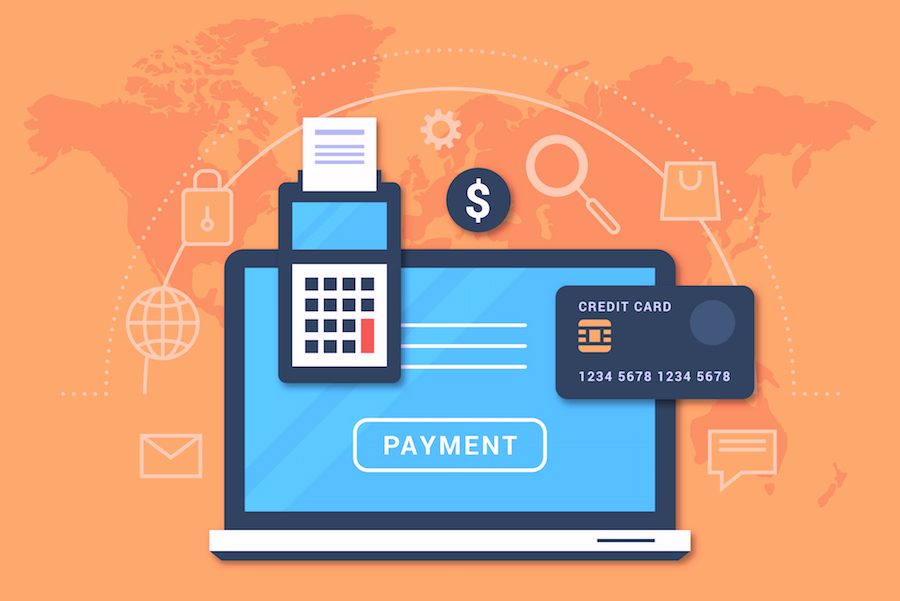
How much usable data is on your own website?
Chances are that there is plenty of data already available to you that could help power your business, but it’s not organized in a way that’s practical for analyzing.
This is where web crawlers can help.
One of the main functions of a crawler is to categorize, organize and make sense of data sets from websites so that you can use that data in valuable ways.
And while the majority of businesses who use web scrapers will crawl other sites to do this, many stop short at gathering this data from their own sites.
But it’s equally important to crawl your own site on a regular basis.
Not only can your own data sets give you a glimpse into how you stack up against your competitors, but it can give you valuable insights into how your customers think, what they want, and how you should market to them.
Here are a few examples of why having your own website crawled is good for business.

Improve Your Ecommerce Store Sales
One of the most common uses for web crawling is for product price comparisons.
You can scrape almost any ecommerce site for product descriptions, prices and images to get data for analysis, affiliation, and comparison to your own site.
While you can scrape other sites to compare this data against, you can (and should) also scrape your own store for this data, too.
This will not only help keep your data organized – ensuring all of your data is there (nothing is missing), everything is where it should be, prices are correct, and so on – but also help you see where you are falling short compared to your competitors.
Amazon, for example, frequently crawls their own sites to ensure that they have products that people are looking for.
They look to see if there are gaps in their product listings to see where competitors are selling products they don’t have yet.
Amazon’s ultimate goal is to have every product sold to their store. But they can only accomplish that if they understand what products they have and don’t have. Thus, scraping their own site allows them to fill in those gaps.
If you’re looking to grow an ecommerce store, you can do the same thing by frequently crawling your own product data to see how it measures up to other stores selling similar items.
You can also see how your shipping times, product availability, and recommended products stack up to competitors as well.
Repackaging Your Data into Something New
You can also use data from your own site (and competitor sites) to create new product price comparison sites if you wish.
But there are plenty of other ways to repackage your own data for other business purposes.
For example, a healthcare practice could scrape the data about physicians, doctors and other practitioners listed on their site to create a catalog of available doctors.
You could even include specializations and regions, or other specifications that could form an online directory for potential patients.
If you ran a blog, online publication or media site, you could scrape your site for related stories that could be used to create a content hub or resource center for specific topics.
You could even repackage specific articles into ebooks or other downloadable resources.
If you were building a mobile app, for instance, you could extract the title, author, date, text, images, videos, captions, categories, entities, and other metadata from your article pages to enhance mobile readability.
Taking the data you already have and turning it into something new allows you to offer something of value to site visitors without the extra work.
[Tweet “The data already exists. You just need to find a new way to use it.”]
Being able to scrape your own website for this data can help you see what resources you already have available that can be shared with visitors or customers for a new user experience.
This will also help you see which content is the most popular so you can target future content to improve engagement for your readers.

Monitor Public Opinion About Your Brand
You can (and should) scrape other websites for mentions of your brand. But you can also monitor your own website (and social media sites) for mentions, comments and reviews.
If you have product reviews on your own site, you can gather information about how certain products are perceived, what buying behaviors accompany which products, or spot fraudulent reviews and remove them quickly.
Comparing your onsite reviews to those from third-party review sites can also help you analyze customer loyalty, product perceptions, brand perceptions, and other potential issues that might prevent sales.
Maybe customers are happy buying from your site, but they don’t like buying your products that are sold on other sites (or vice versa).
You can also scrape information from your social media company pages to see potential interactions you might have otherwise missed.
If you have a LinkedIn company page, for instance, you could gather information about the business profile, address, email, phone, products/services, working hours, and Geocodes of those who have clicked on your profile.
This can help your sales team narrow down leads and reach out to those who might be interested in your products or services.
Other Ways Crawling Your Own Site Helps
There are many other instances where crawling your own site or sites can help.
Regularly crawling your site can help you detect malicious or fraudulent activity, missing data or metadata, and other gaps that might affect your sales, for instance.
You can also use web crawling for use with predictive analysis tools. U.S. retailer Target, for example, once used analytic data to predict when customers were pregnant (and send them related ads).
You can also use your data to predict churn, which products might sell, or how well your customers are enjoying your products.
This type of market research can be helpful for businesses in every industry. So even if you don’t run an ecommerce site, frequently crawling your data can have positive benefits to your business.
And it doesn’t matter how big or small your brand is, you can still use the data from your own page. You can scrape multiple sites or pages to pull this information, or gather it from one specific page.
Either way, the end results are the same. The more data you have access to, the better your decision making process will be when it comes to your business, your products, and your customers.
Final Thoughts
What would you do if you were able to see all of the data about your business in an easily accessible way?
Hopefully, you would use that data to outpace your competitors and improve your offerings for your customers and site visitors.
With data extraction – web crawling – you can do that. While the majority of people will crawl competitor sites or other sites around the web (and that’s something we recommend) it’s equally important to gather data from your own site so you can see how it compares.
Without insight into your own business, you can’t make decisions that will put you ahead of the game. So while you’re busy scraping the web, make sure you include your own site on that list, too.
You must be logged in to post a comment.